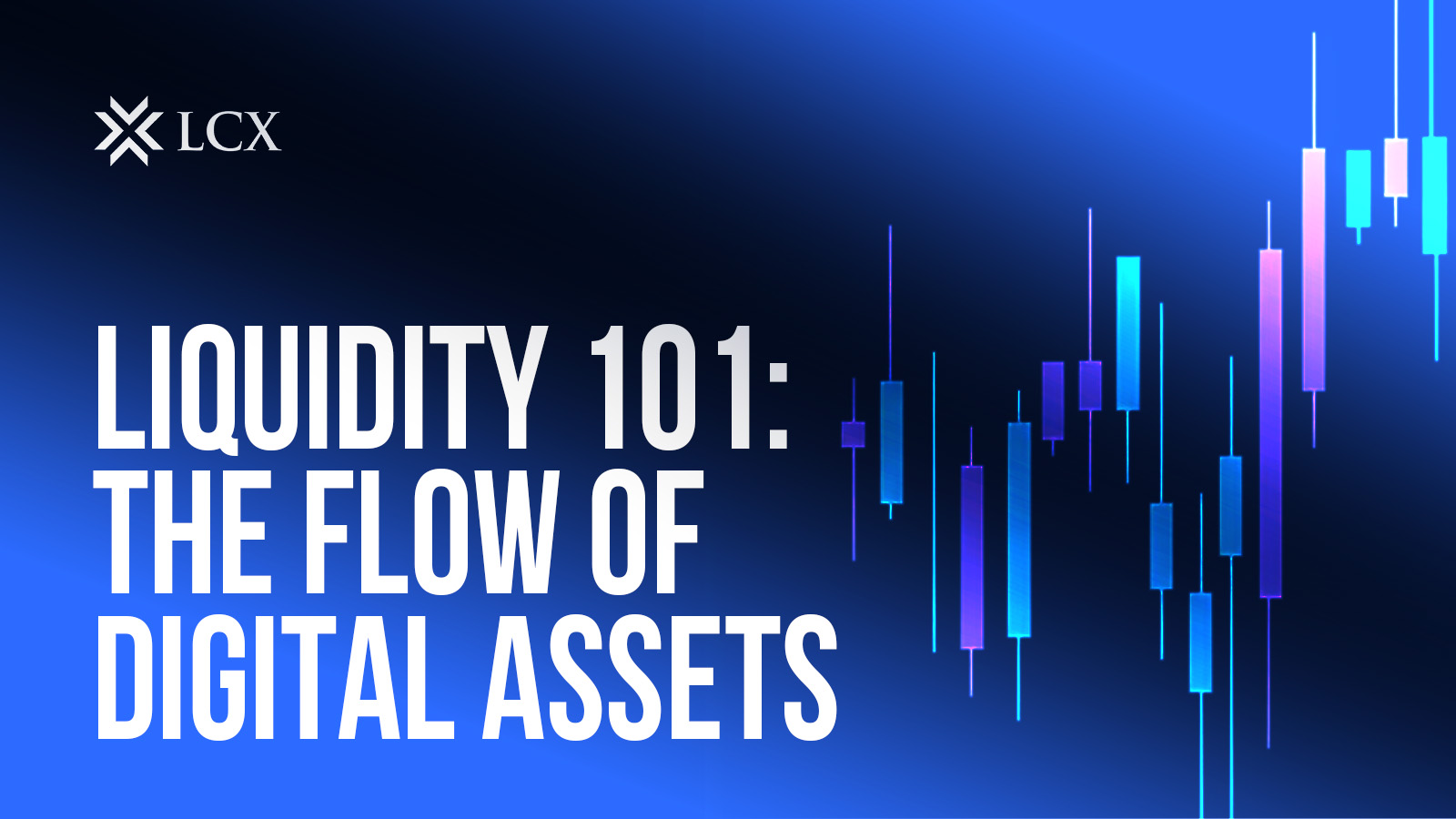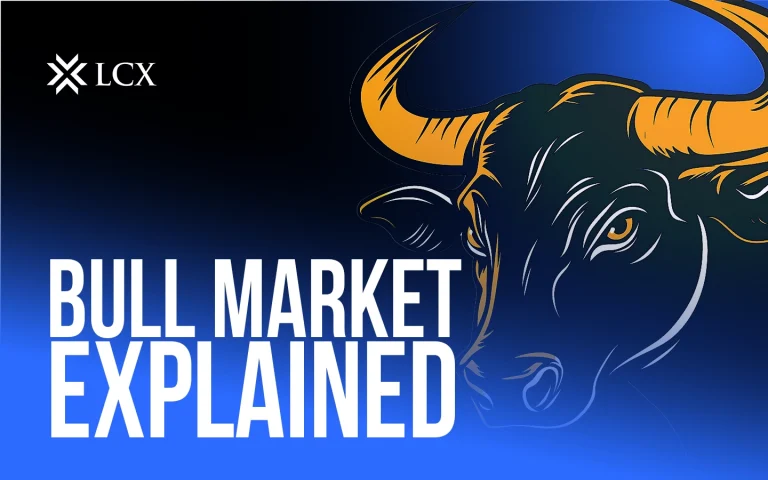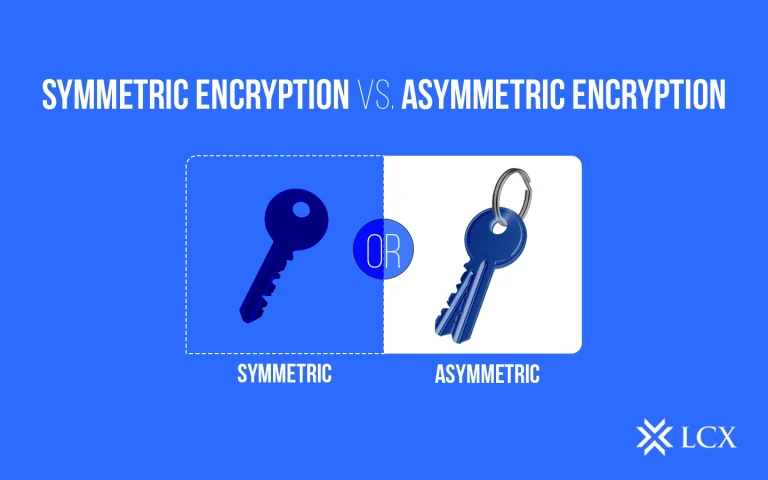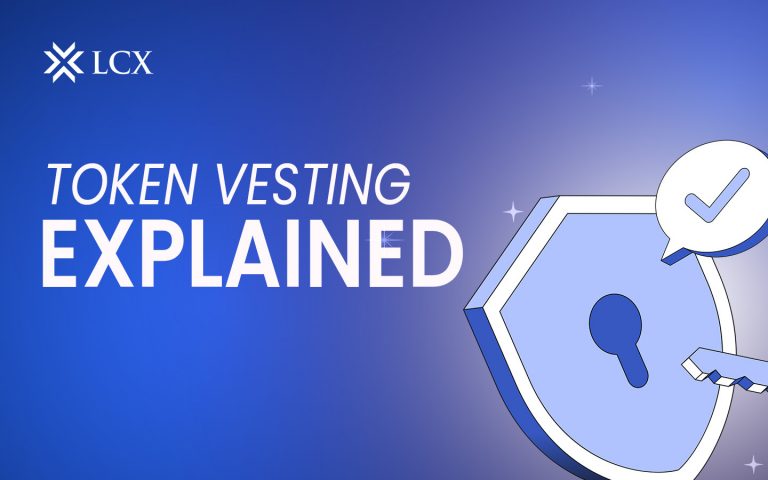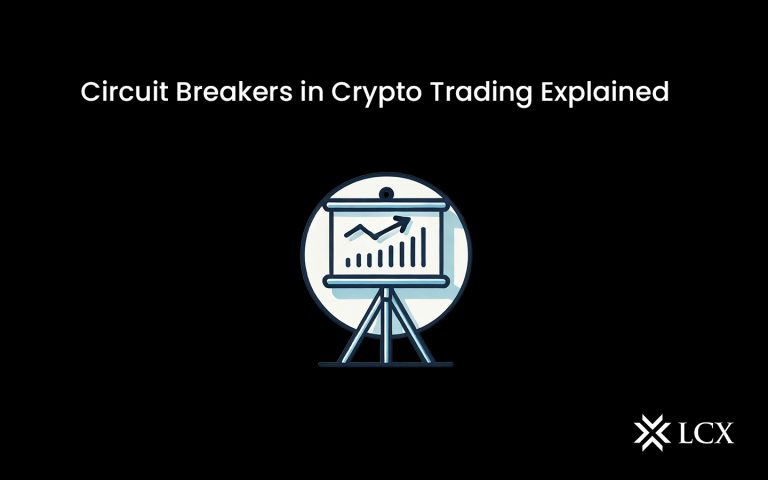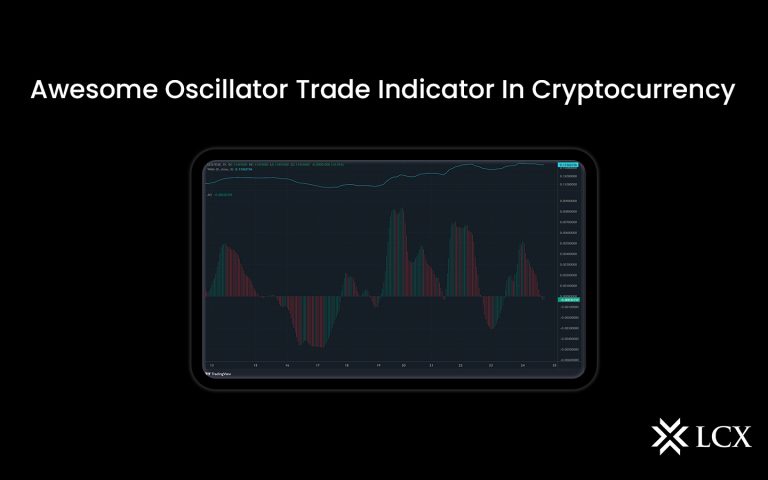Imagine you’re at an airport currency exchange counter. You hand over your dollars and quickly get euros in return. The process is smooth, and the price seems fair. This simple exchange shows how liquidity works. It ensures there are enough people buying and selling so trades happen easily and prices stay steady.
In cryptocurrency trading, liquidity is even more important. Crypto markets are still growing, and not all assets are traded as often. A liquid crypto market lets traders buy and sell without delays or surprise price jumps. Whether you’re new to trading or an experienced investor, liquidity affects how easily you can trade, how fair the prices are, and how confident you feel about your investments. It helps you enter or exit trades smoothly without losing money due to wide price gaps or slippage.
Liquidity is essential for everyone. Understanding it can help you make smarter decisions and get the most value from your trades. This guide will explain liquidity in a simple and clear way so anyone can understand it.
What is Liquidity?
Liquidity is the ease with which an asset can be bought or sold without causing a significant change in its price. It is a measure of how active and efficient a market is. A liquid market allows trades to happen quickly, with minimal delay or price fluctuation.
For instance, in a liquid market like the stock exchange, there are many buyers and sellers at any given time. If you want to sell shares of a popular company, you can find a buyer almost instantly, and the price you receive will be close to the market rate. The high number of participants ensures that prices remain stable, and trades are executed smoothly.
In contrast, an illiquid market lacks enough buyers or sellers. Imagine trying to sell a rare collectable item. You might have to wait a long time to find a buyer, and when you do, they might offer a much lower price than you expect. This happens because there aren’t enough participants to support stable pricing.
Another example can be seen in real estate. Selling a house is often an illiquid process. It takes time to find a buyer, negotiate terms, and complete the transaction. The price you get might also vary widely depending on market conditions. This contrasts with the liquidity of cash, which can be easily used for transactions without delay or price changes.
- Liquid Market: Think of a busy farmer’s market where there are many vendors and customers. If one vendor runs out of apples, another is ready to supply them. Prices stay consistent because of the competition.
- Illiquid Market: Imagine a remote roadside stand with just one vendor. If they run out of stock, there’s no alternative. Prices might be higher, and you may have to wait longer to get what you need.
| Aspect | Liquid Market | Illiquid Market |
| Number of Traders | High | Low |
| Price Stability | Stable and Consistent | Volatile and Unpredictable |
| Transaction Speed | Fast | Slow |
| Spread | Small (tight spread) | Large (wide spread) |
| Risk | Low | High |
Key Terminologies Made Simple
- Maker: Adds options by placing limit orders (e.g., agreeing to sell tokens only when the price reaches €0.95). Makers add liquidity.
- Taker: Executes trades against available orders (e.g., accepting the offer to buy tokens at €0.95). Takers remove liquidity.
- Spread: The difference between the best bid (buy) and best ask (sell). A smaller spread benefits traders.
- Depth: The number of buy and sell orders stacked at different price levels. Greater depth ensures stability.
- Slippage: When you trade but don’t get the expected price, often due to low liquidity.
- Price Impact: How much a trade changes the overall market price. Less impact indicates better liquidity.
These terms work together to create a balanced trading environment. For instance, makers and takers ensure activity in the market, while depth and small spreads contribute to price stability. Avoiding slippage and price impact is the goal of any trader, and it’s only possible in liquid markets.
A Tip: Think of these terms as pieces of a puzzle. Each piece is essential to create a complete picture of how trading works.
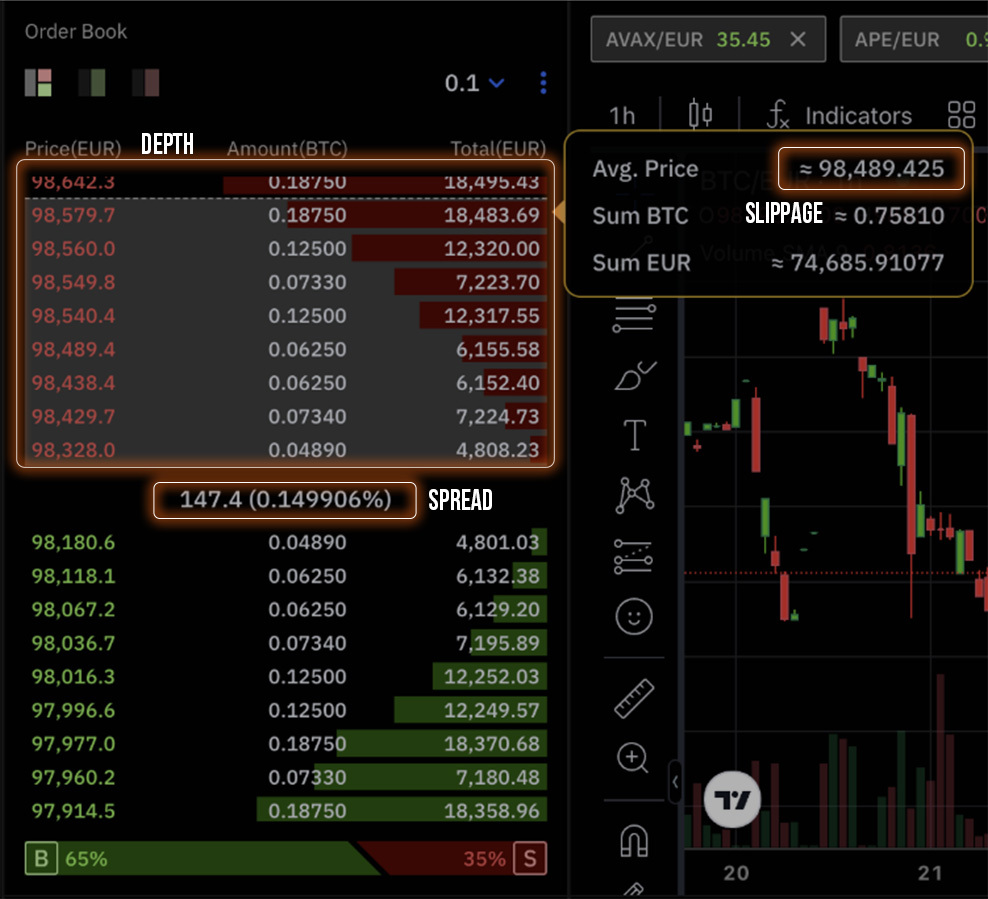
Why Liquidity Can Be Challenging for Regulated Exchanges
At LCX, we’re proud to operate as a regulated exchange. However, regulatory frameworks present unique challenges:
- Evolving Crypto Market Dynamics: The frequency of trades in crypto markets is comparatively lower than in traditional markets, as the industry continues to grow and attract more participants. This results in lighter order books.
- Strict Compliance: Regulatory requirements limit the pool of eligible liquidity providers, which can affect market activity.
Comparison: Imagine two swimming pools. A regulated pool requires strict safety checks, limiting swimmers, while an unregulated pool allows anyone, increasing activity but reducing safety.
The emerging nature of crypto, combined with its technological sophistication, shows a lot of promise. As accessibility and awareness improve, participation and liquidity are set to grow.
LCX’s Approach to Solving Liquidity Issues
To create a vibrant marketplace, we’re focusing on two key strategies:
- Inviting Professional Market Makers: Market makers are like lifeguards in the pool of liquidity. They constantly place buy and sell orders to keep the market active. By partnering with professional market makers, we can ensure tighter spreads and better price stability.
Integrating Regulatory-Compliant Liquidity Providers: These providers fetch large volumes of maker orders, ensuring deep order books and minimal slippage for traders. Compliance ensures that we uphold our regulatory obligations while boosting liquidity.
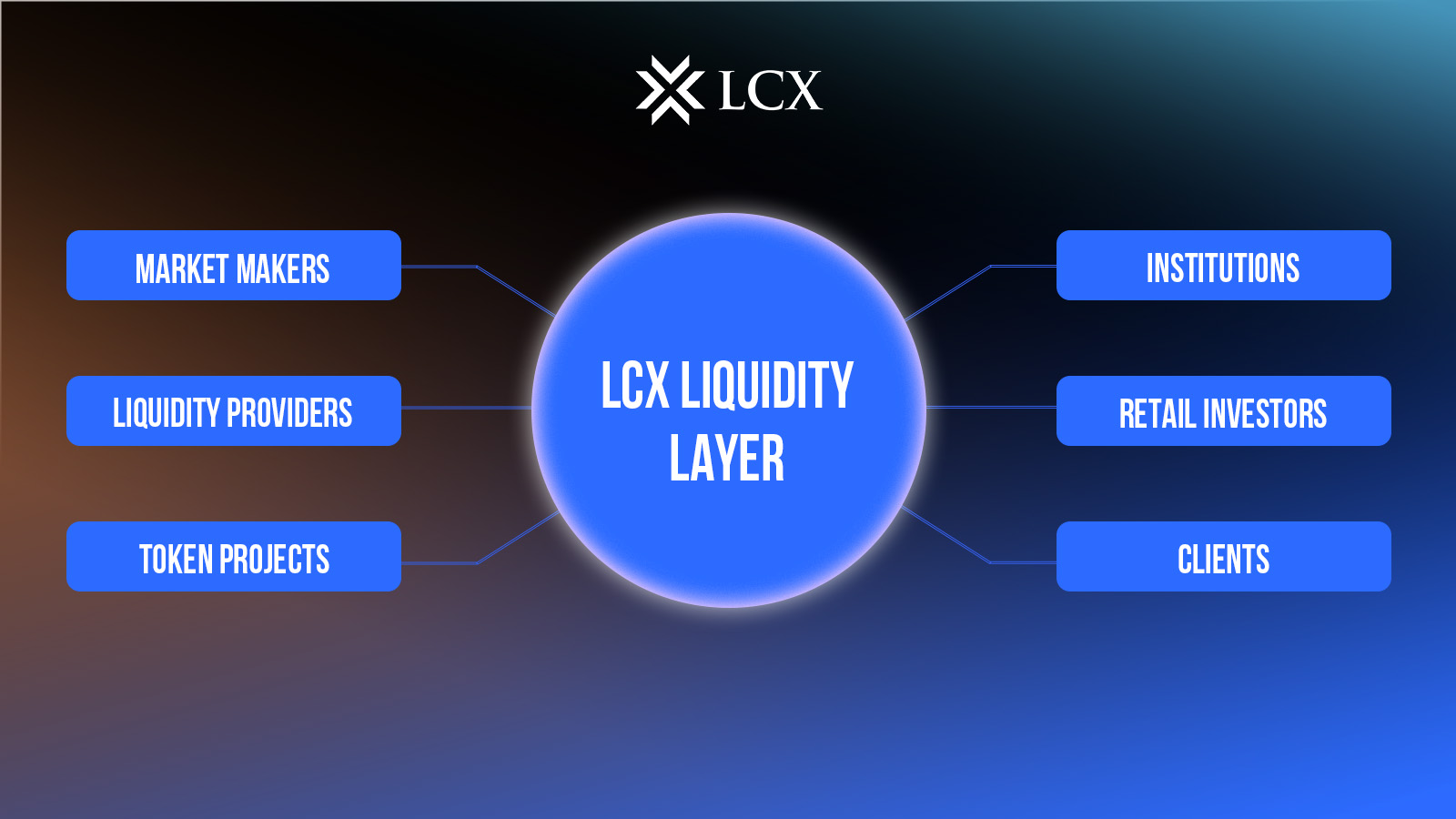
These strategies balance compliance with a seamless trading experience, ensuring better outcomes for all users.
Why Liquidity Should Matter to You?
Liquidity isn’t just a fancy term for traders. It’s the backbone of any exchange. Without liquidity, spreads widen, trades take longer, and slippage becomes the norm. A highly liquid exchange offers:
- Better Prices: Tight spreads mean you get the best bang for your buck.
- Efficient Trades: No delays, no price jumps.
- Confidence: Knowing you can enter or exit a trade without any hiccups.
The Bigger Picture: Why It’s More Than Just Numbers?
Liquidity is not just about numbers on a screen; it’s about creating a seamless trading experience. Whether you’re a seasoned trader or someone new to the world of crypto, liquidity ensures you get the most out of your trades with minimal fuss. At LCX, we’re committed to building a marketplace that’s:
- Compliant: Ensuring user safety and trust.
- Accessible: Catering to both new and experienced traders.
- Vibrant: Partnering with reliable providers to keep markets active.
Our goal is to provide a seamless trading experience for everyone, no matter the trade size or market condition.
